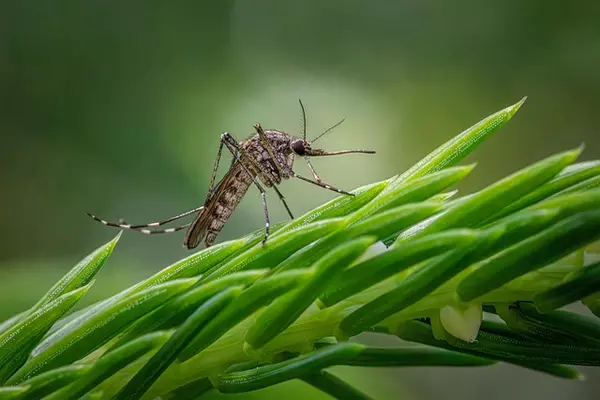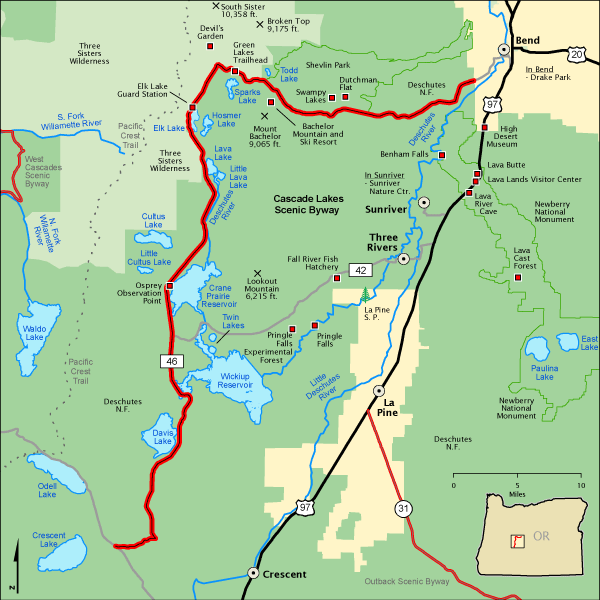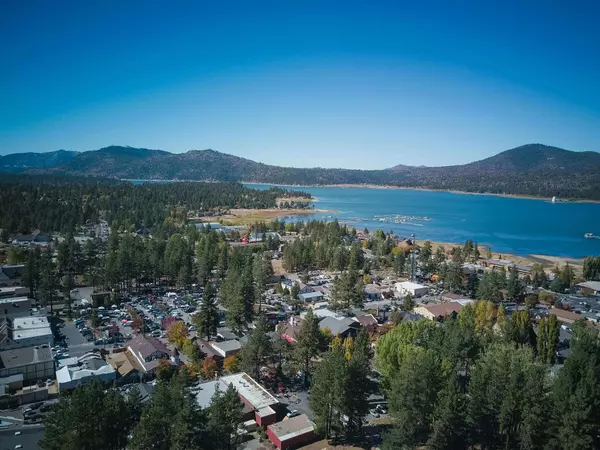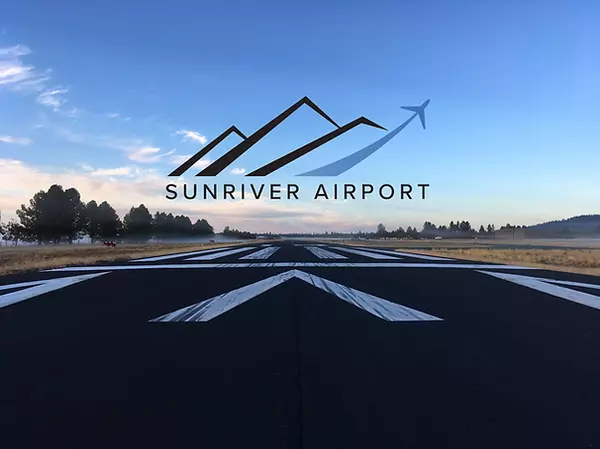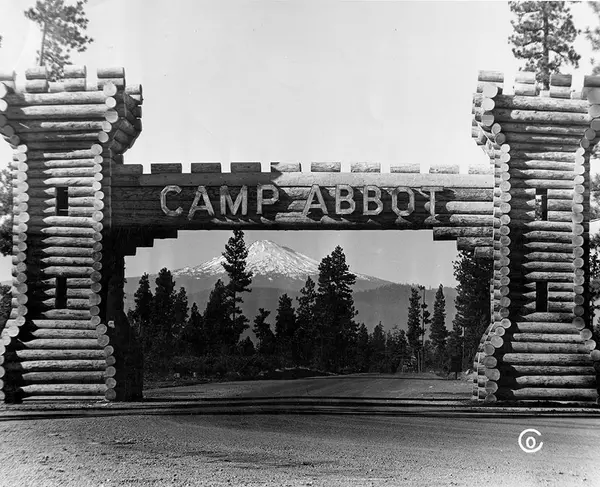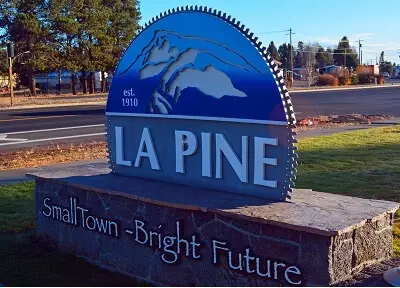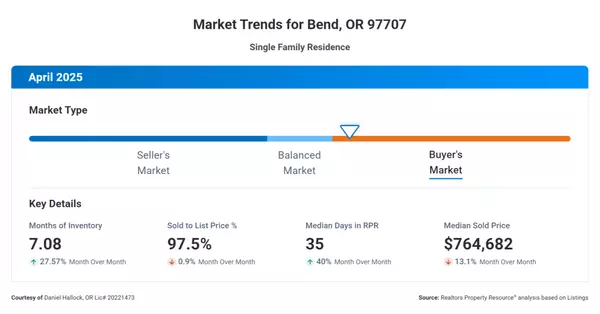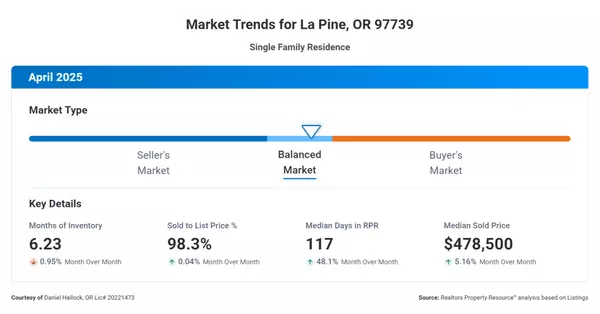Navigating the Wild: A History of Wildlife Management Zoning in Deschutes County and What it Means for La
Deschutes County, Oregon, is renowned for its stunning natural beauty, diverse ecosystems, and abundant wildlife. From the iconic mule deer to majestic elk, these animal populations are integral to the region's identity and ecological health. To help protect these valuable resources, the county has implemented Wildlife Management Zoning (WMZ). But what exactly is it, where did it come from, and what does it mean if you're looking to buy property in such an area?
This post delves into the history of WMZ in Deschutes County, exploring the where, what, why, and when of these regulations, and considers the pros and cons for property owners.
What is Wildlife Management Zoning (WMZ) in Deschutes County?
In Deschutes County, "Wildlife Management Zoning" primarily refers to the Wildlife Area (WA) Combining Zone outlined in Deschutes County Code (DCC) Chapter 18.88. A "combining zone" is an overlay zone, meaning it adds a layer of specific regulations on top of the property's base zoning (like Exclusive Farm Use (EFU), Forest (F1, F2), or Rural Residential (RR10)).
The fundamental purpose of the WA Combining Zone is to:
- Conserve important wildlife areas, including winter range for deer and elk, antelope range, and crucial migration corridors.
- Permit development that is compatible with the protection of these wildlife resources.
More recently, recognizing specific pressures, the county also established the 2023 Mule Deer Winter Range Combining Zone (WA-MD) under DCC 18.91. This zone was specifically created to address declining mule deer populations by conserving their critical winter range habitat, highlighting the ongoing efforts to adapt zoning to current ecological needs.
Other wildlife-related combining zones also exist, such as those for the Greater Sage-Grouse (GSGA) and Sensitive Bird and Mammal Habitat (SBMH), each with tailored protections.
The "Why" and "When": A Historical Perspective
The roots of wildlife zoning in Deschutes County are intertwined with Oregon's statewide land use planning program, which began in the early 1970s. Statewide Planning Goal 5 mandates the conservation of natural resources, including wildlife habitat.
- Early Comprehensive Planning: Deschutes County adopted its first comprehensive plan in 1970, with a significant update in 1979 to align with state requirements. These plans laid the groundwork for identifying and protecting important natural areas.
- Adoption of the WA Combining Zone: The primary Wildlife Area (WA) Combining Zone (DCC 18.88) was formally adopted around August 5, 1992 (evidenced by Ordinances 92-041 and 92-042). This date is a key reference point, particularly for regulations concerning the siting of new dwellings, which often must be located near roads that existed prior to this date. The adoption was based on an Economic, Social, Environmental, and Energy (ESEE) analysis, aiming to balance wildlife protection with other land uses.
- Ongoing Evolution: The WA zone isn't static. It has seen amendments over the years to address specific land use questions, such as allowances for churches or agri-tourism under certain conditions.
- Recent Focus on Mule Deer: The alarming decline in mule deer populations, attributed in part to habitat loss and increasing human presence, spurred the creation of the WA-MD zone. The process involved updating wildlife inventories (starting around 2020-2021) and culminated in the proposal and adoption of this new targeted zone around 2023. This was a significant move to expand protected winter range, with the Oregon Department of Fish and Wildlife (ODFW) playing a key advisory role.
The core why behind these zones is the recognition that unmanaged development can fragment and degrade essential habitats, impacting wildlife movement, foraging, and breeding, ultimately threatening the long-term viability of these populations.
Where are These Zones Located?
WMZs are applied to lands identified in the Deschutes County Comprehensive Plan as having significant wildlife habitat value. These can include:
- Mule deer and elk winter ranges.
- Antelope range.
- Deer migration corridors.
- Specific habitats for sensitive species.
The WA-MD zone, for example, significantly increased the mapped mule deer winter range, adding over 180,000 acres to the previously designated areas, resulting in a total of over 500,000 acres. Similar large-scale inventory updates have been proposed for elk winter range. The Greater Sage-Grouse combining zone is predominantly found in the eastern part of the county.
It's crucial for landowners or prospective buyers to understand that these zones are overlays. The definitive way to know if a property is within a WMZ is to consult the official Deschutes County zoning maps. These can be accessed through the county's online resources like the Deschutes Information Asset Library (DIAL) or by contacting the Deschutes County Community Development Department. Unincorporated communities within the county are often exempt from certain WA and WA-MD zone provisions.
Pros and Cons for Property Owners in WMZ Areas
Purchasing land within a Wildlife Management Zone comes with a unique set of considerations:
Potential Cons:
- Development Restrictions: This is the most significant factor. WMZs typically:
- Restrict certain non-residential uses.
- Impose limitations on land divisions (e.g., larger minimum lot sizes – some elk habitat areas in the WA zone have a 160-acre minimum).
- Have specific siting standards for new dwellings (often requiring them to be near pre-1992 roads or to demonstrate alternative habitat protection).
- Include fence standards (e.g., requiring wildlife-permeable fencing like a maximum height of 48 inches and a minimum 15-inch gap at the bottom).
- May limit the size or footprint of new buildings.
- May include seasonal restrictions on certain outdoor activities (particularly in the WA-MD zone, like December-March prohibitions for some uses).
- Additional Permitting: Some uses or developments that might be permitted outright in other zones may require a conditional use permit or site plan review within a WMZ, adding time and expense to projects.
- Reduced Flexibility: The regulations can limit how you can use and develop your property compared to land without this overlay.
- Market Perception: For some buyers with intensive development plans, the restrictions might make the property less attractive.
Potential Pros:
- Preservation of Natural Beauty and Wildlife: The primary benefit is living in an area where the natural character and presence of wildlife are actively protected. This contributes to a high quality of life and the aesthetic appeal of the property.
- Protection of Scenic Investment: The zoning provides some assurance that the surrounding landscape values that likely attracted you to the area will be maintained.
- Contribution to Conservation: Owning and managing land within a WMZ means you are part of a larger effort to conserve the region's biodiversity for future generations.
- Stability of Character: The zoning can prevent high-impact or incompatible developments in the vicinity, leading to more predictable and stable neighborhood character over the long term.
- Enhanced Recreational and Aesthetic Value: Proximity to protected habitat often means better opportunities for wildlife viewing, hiking, and enjoying the natural environment.
- Potential for Related Programs: While separate from the zoning itself, properties with significant habitat might be candidates for voluntary conservation programs (like ODFW’s Wildlife Habitat Conservation and Management Program - WHCMP) that can offer property tax advantages, provided the property meets specific criteria (often related to farm or forest zoning).
Navigating the Future
Wildlife Management Zoning in Deschutes County reflects a commitment to balancing growth with the preservation of the natural heritage that makes the region special. These regulations are dynamic, evolving as new data emerges and ecological challenges, like declining mule deer populations, come to the forefront.
For property owners and those considering purchasing land in Deschutes County, understanding WMZ is vital. It's essential to conduct thorough due diligence:
- Check the Zoning: Always verify the specific zoning designations and any overlay zones for a property through official Deschutes County channels.
- Review the Code: Familiarize yourself with the specific regulations within DCC 18.88 (Wildlife Area Combining Zone), DCC 18.91 (Mule Deer Winter Range Combining Zone), or other relevant combining zone chapters.
- Consult the Experts: Talk to planners at the Deschutes County Community Development Department for clarification on how these zones might impact your property or development plans.
Living in or near a Wildlife Management Zone offers the incredible reward of being close to nature and contributing to its persistence. While it comes with responsibilities and limitations, it also ensures that the wild heart of Deschutes County continues to beat strongly for generations to come.
Categories
Recent Posts

